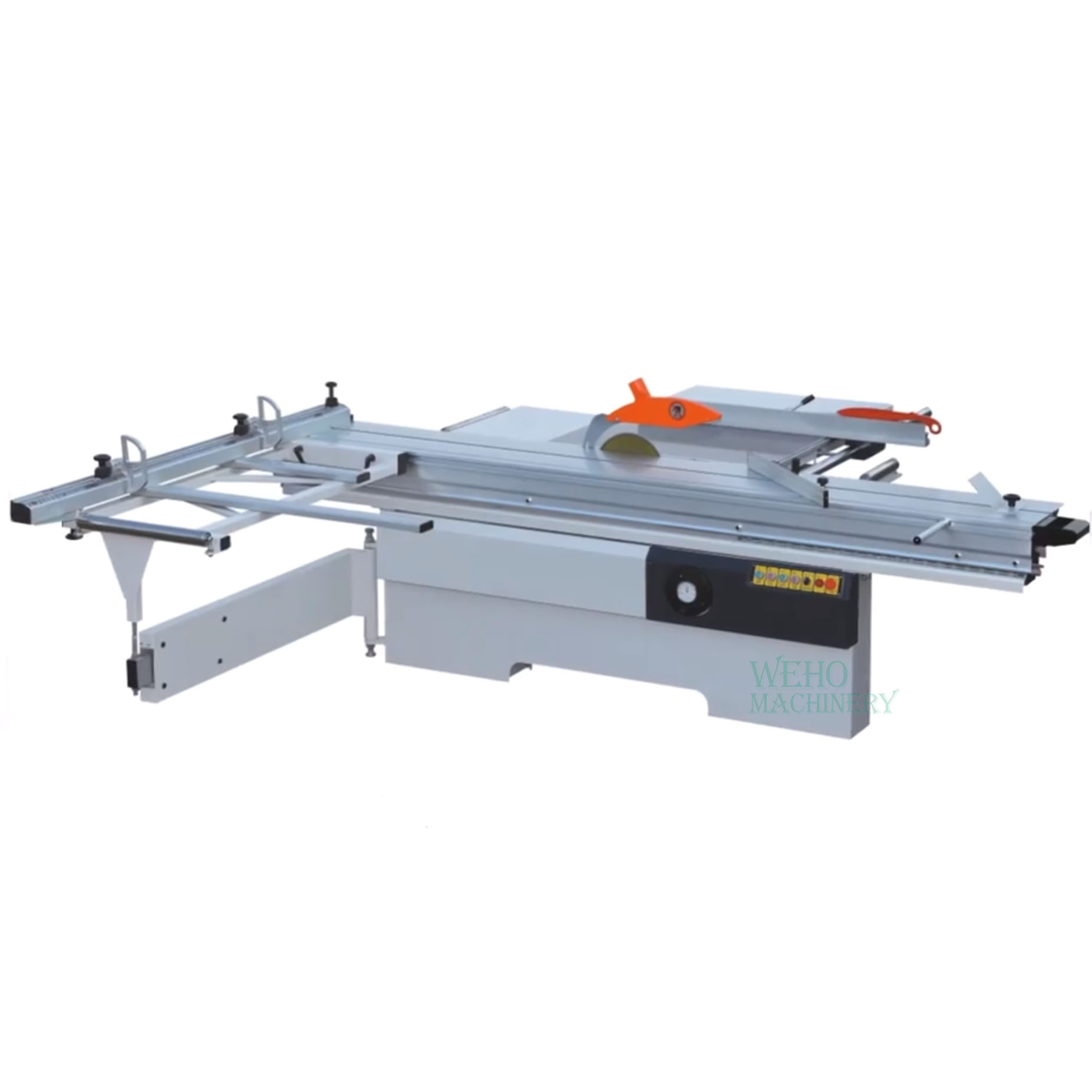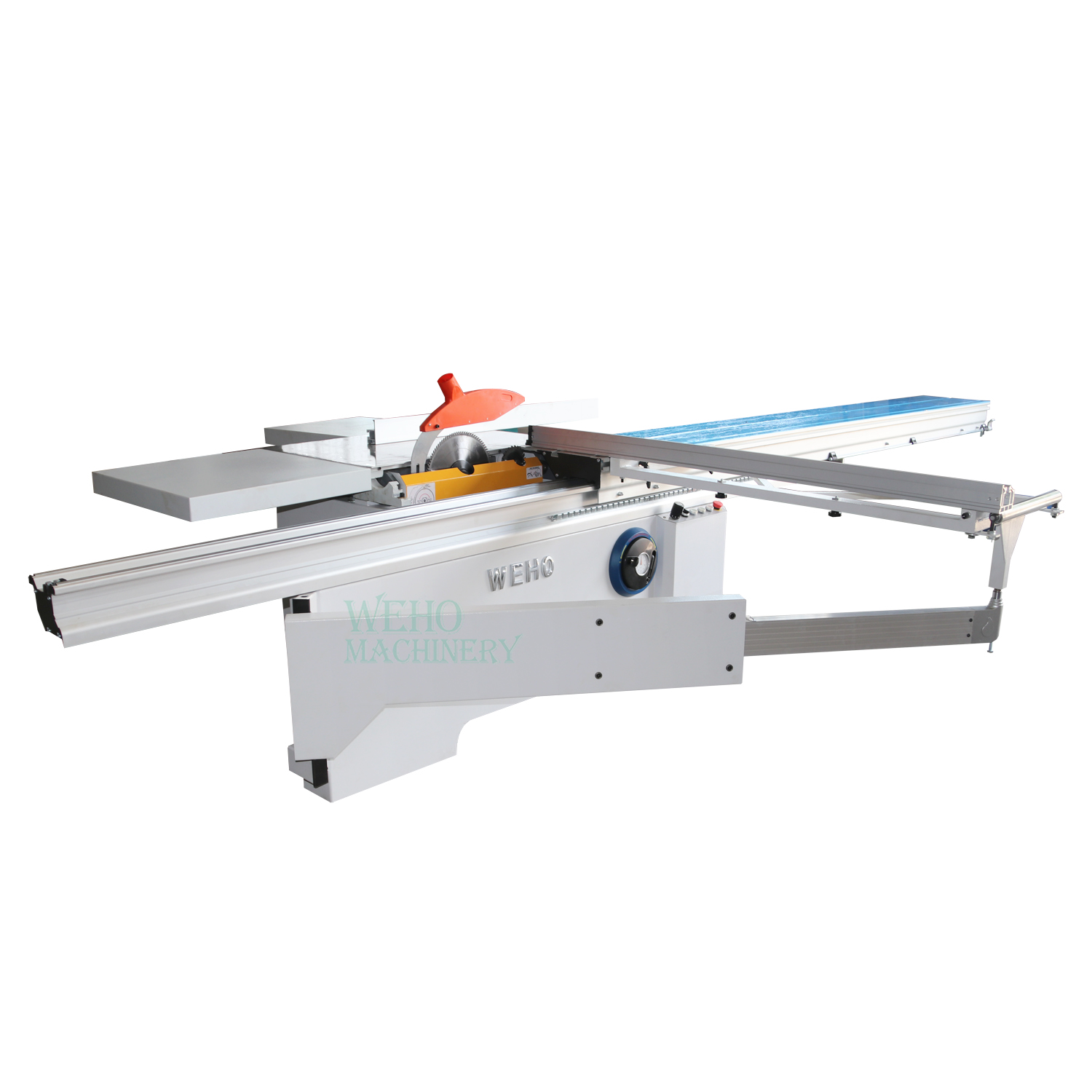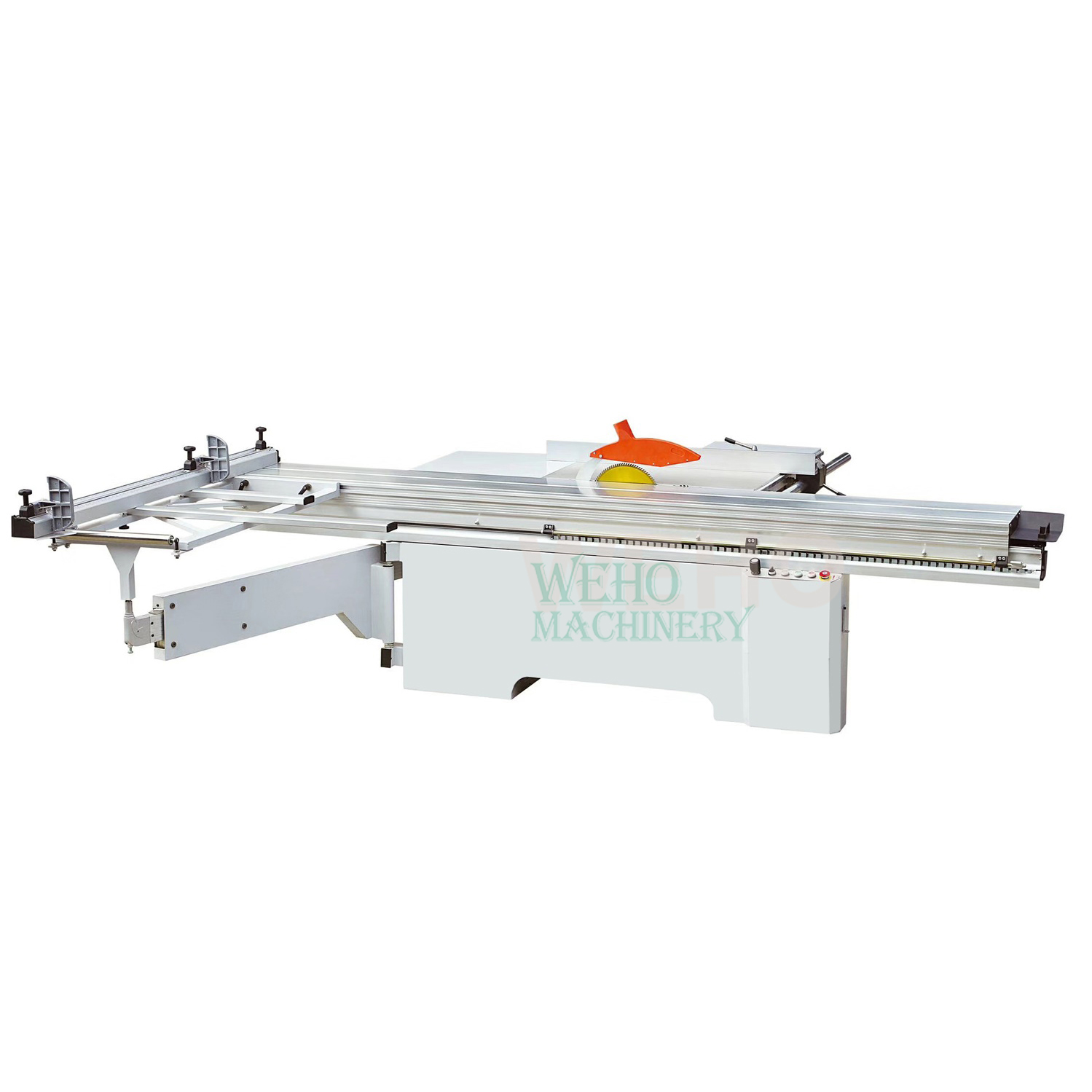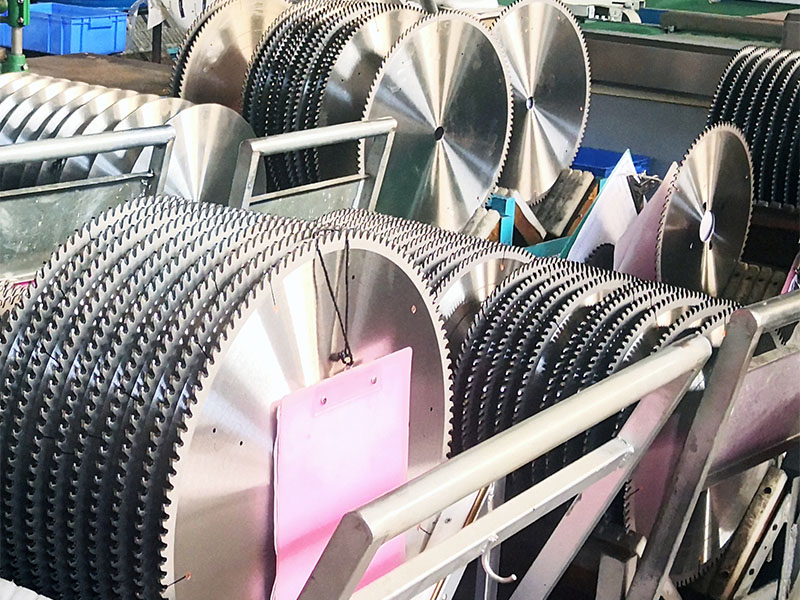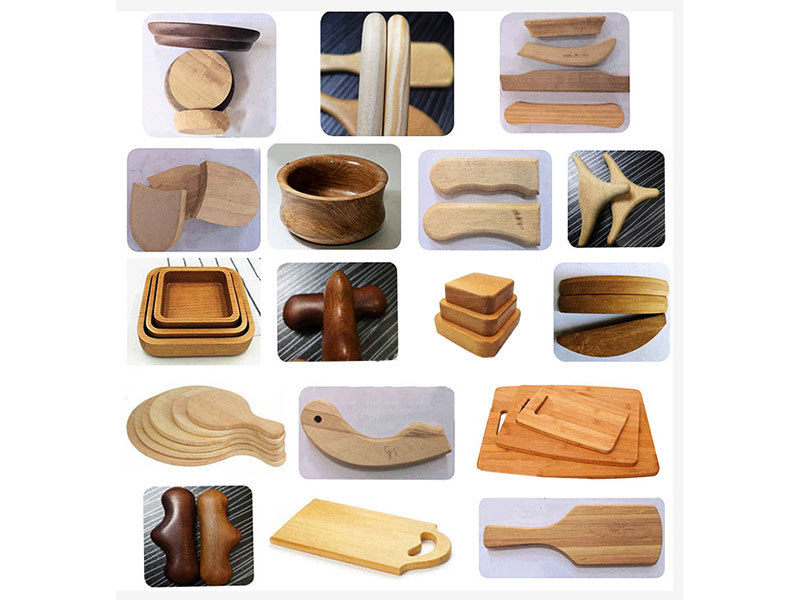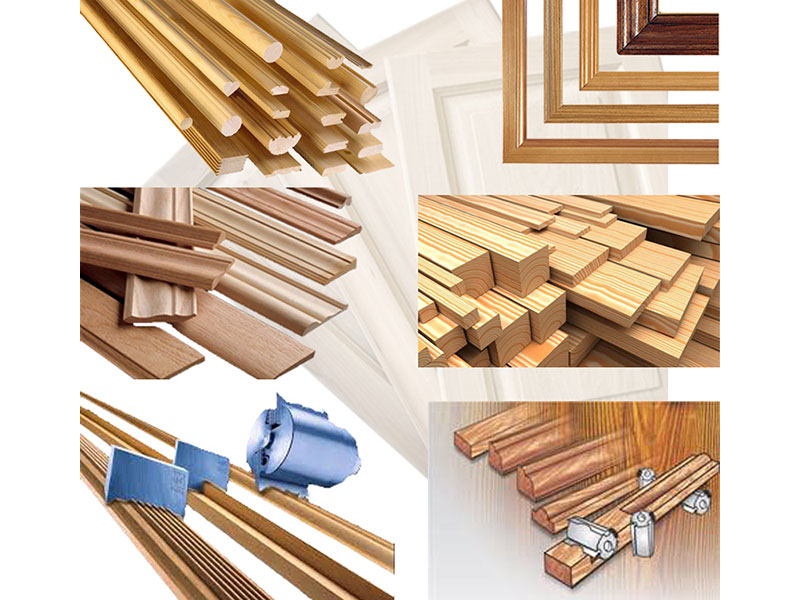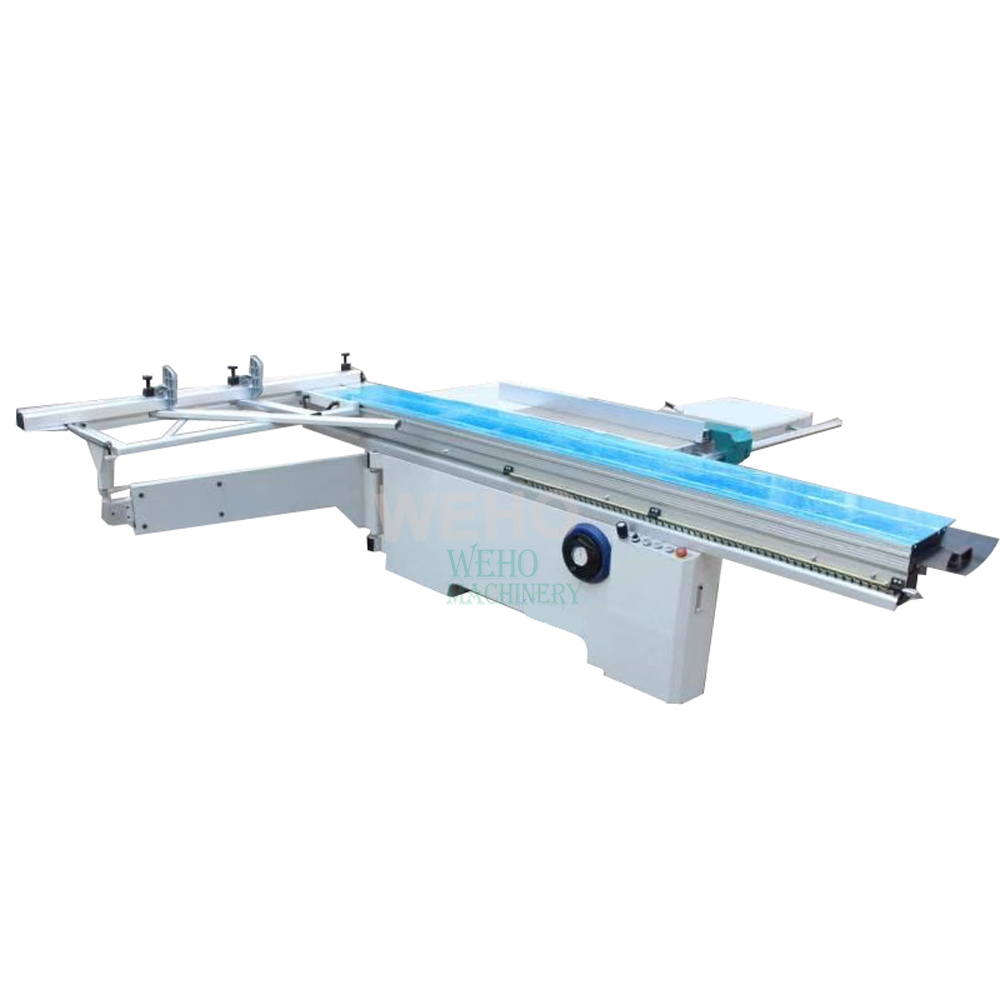
How To Choose A Panel Saw For Wood Working?
When it comes to woodworking and cabinetry, precision and accuracy are paramount. This is especially true when working with large panels or sheets. A handsaw or table saw might suffice for small pieces, but for cutting full sheets of plywood, MDF, or melamine, nothing beats a panel saw. Panel saws allow a single operator to easily size large panels safely and accurately. In this comprehensive guide, we'll dive into the key factors to consider when choosing a panel saw for your woodworking needs.
What is a Panel Saw?
A panel saw is a type of sawing machine designed to cut large panels and sheet goods, such as plywood, MDF, particleboard, plastic sheets, and more.Panel saws can be oriented vertically or horizontally. Vertical panel saws have the saw carriage and blade mounted on a frame, while the sheet remains upright. Horizontal panel saws use a sliding table to run the sheet through a stationary blade.
Benefits of Using a Panel Saw
Precision Cuts
Panel saws are designed for making precise, repeatable cuts in sheet goods. Quality panel saws can hold tolerances of 1/32" or better. This accuracy is essential for jobs like cabinet making.
Improved Safety
Cutting large sheets on a table saw is awkward and potentially dangerous. Panel saws provide full support for the sheet while keeping the operator's hands away from the blade at all times. Many panel saws include extra safety measures such as blade guards, emergency stop switches, and anti-kickback mechanisms.
Saves Labor
A panel saw allows one person to cut sheets that would normally require two people to handle on a table saw. This can lead to significant labor savings over time.
Space Efficiency
Vertical panel saws have a very small footprint relative to their capacity.A vertical saw can handle 10-foot sheets in roughly the same amount of area as a contractor table saw. Horizontal panel saws demand more room.
Factors to Consider When Choosing a Panel Saw
Size and Capacity
One of the first things to consider is the size of the sheets you'll be cutting. Most panel saws are designed to handle standard 4x8 ft sheets, but some can accommodate 5x10 ft or larger. Consider not just the length, but also the thickness or depth of cut you require.
Consider the size of your shop and available floor space. Vertical panel saws have a significantly lower footprint than horizontal variants. Some vertical saws are small enough to be portable and kept out of the way while not in use.
Precision and Accuracy
For woodworking and cabinetry, precision is key. Look for a panel saw that can hold tight tolerances - 1/32" or better if possible. The straightness, rigidity, and calibration of the frame and saw carriage all affect cutting accuracy.
More advanced panel saws have digital measuring systems that make it faster and easier to set precise dimensions. Some also have adjustable scoring blades that help reduce tear-out on the bottom of the cut.
Ease of Use
Consider how easy the saw is to operate and adjust. Controls should be intuitive and easily accessible. Changing between vertical and horizontal cuts, as well as changing the saw, should be quick and tool-free.
If you process a high volume of sheets, an automated feeding system can speed up production. Some panel saws can be equipped with CNC fences and positioning for efficient batch cutting.
Durability and Reliability
A panel saw is a major investment, so you want a machine that is built to last.Look for robust construction, with heavy gauge steel frames and precision-machined components.
Check the manufacturer's specs on the duty cycle - how many hours per day or sheets per shift the saw is rated for. For high production, you may need an industrial-grade machine.
Also, consider the manufacturer's reputation for quality and reliability. Check reviews and ask for recommendations from other woodworkers. Avoid brands with poor track records of durability issues or subpar customer support.
Conclusion
With so many alternatives on the market, choosing the finest panel saw for your needs can be challenging.But by carefully evaluating your requirements and understanding the key features to look for, you can find a panel saw that will be a productive, precise, and safe addition to your woodworking shop for years to come. WEHO is a leading wood furniture machine manufacturer specializing in offering various wood furniture machines including panel saw machines. For more information, please feel free to visit our site today!


